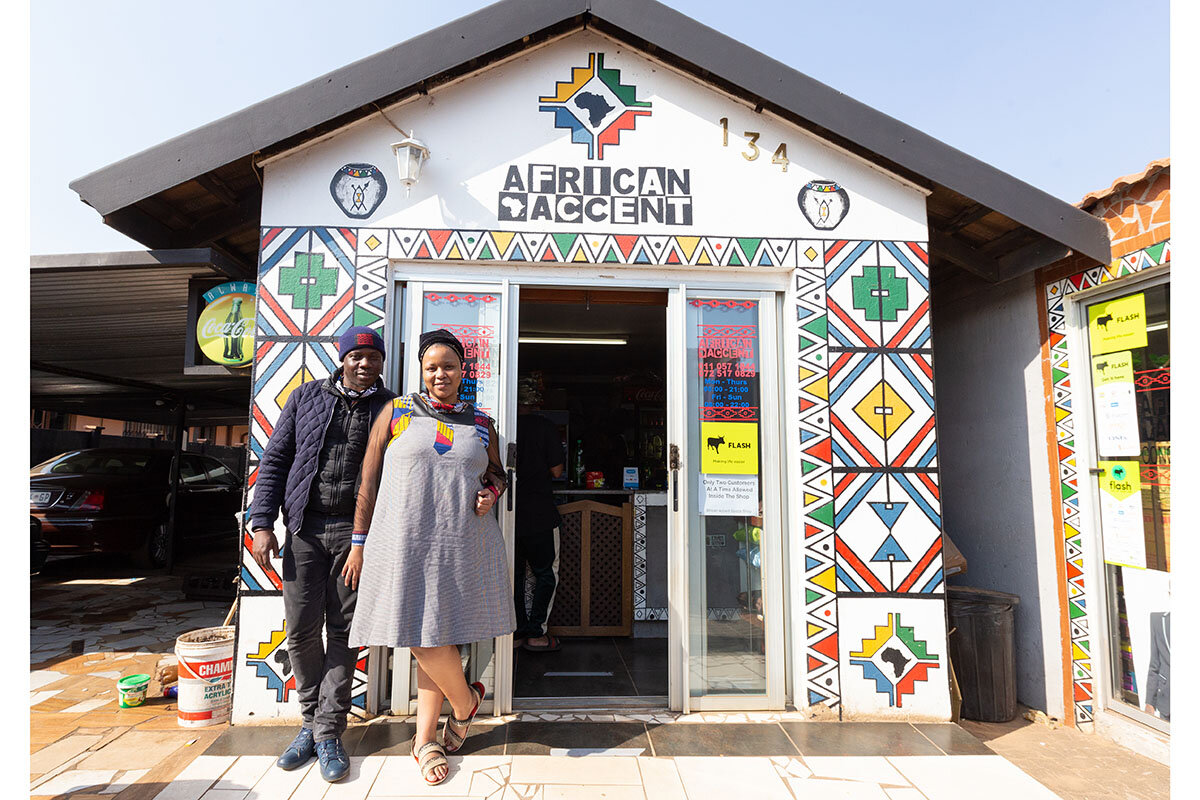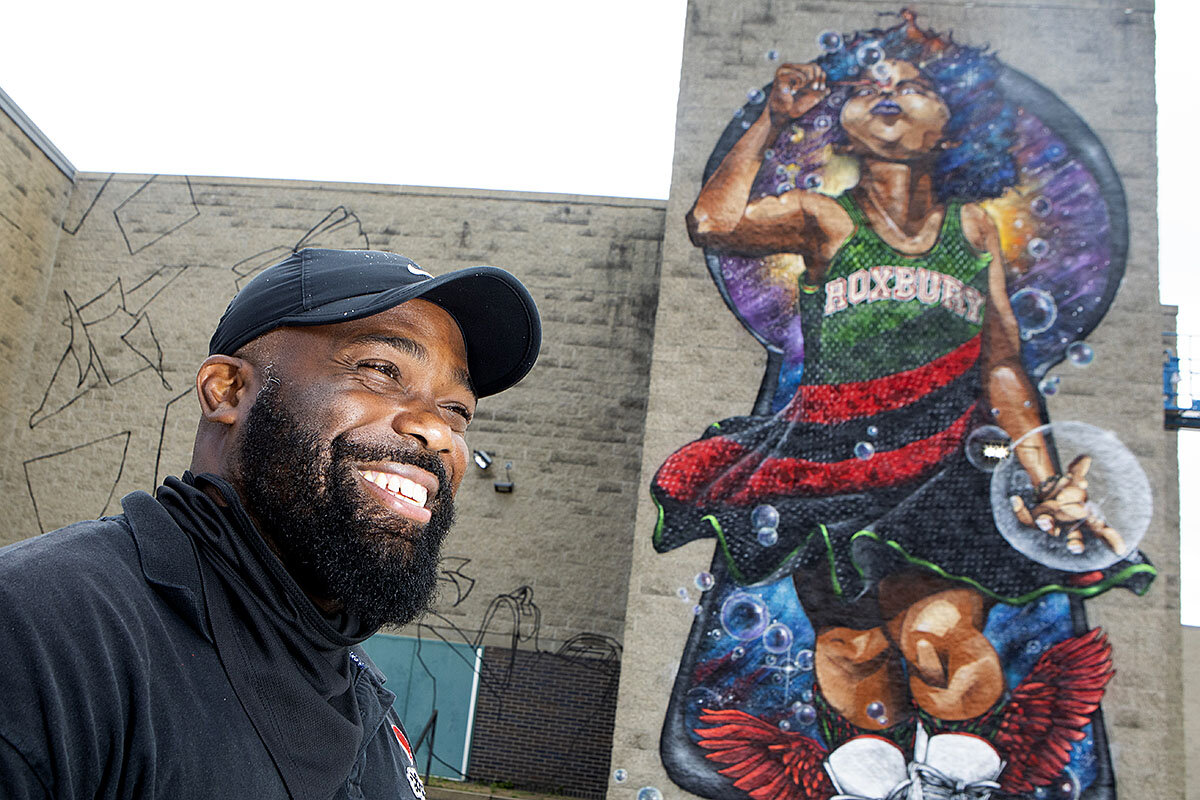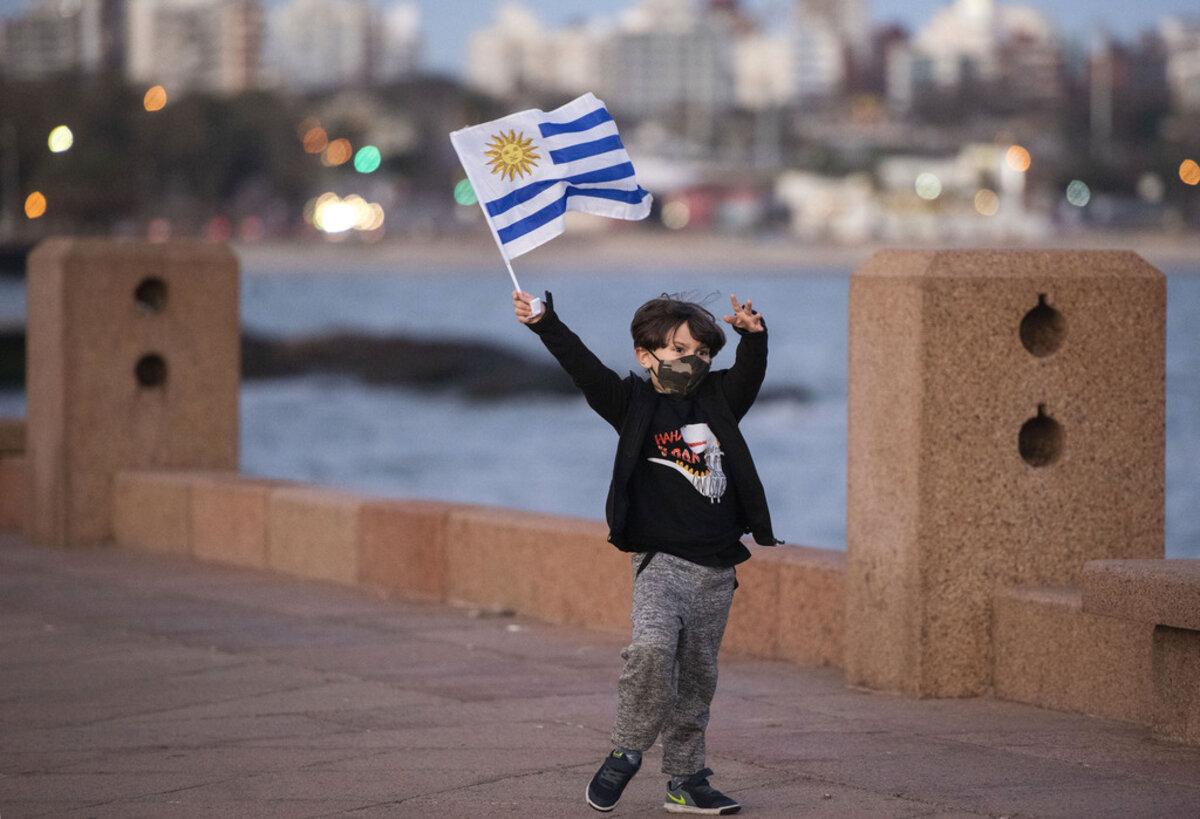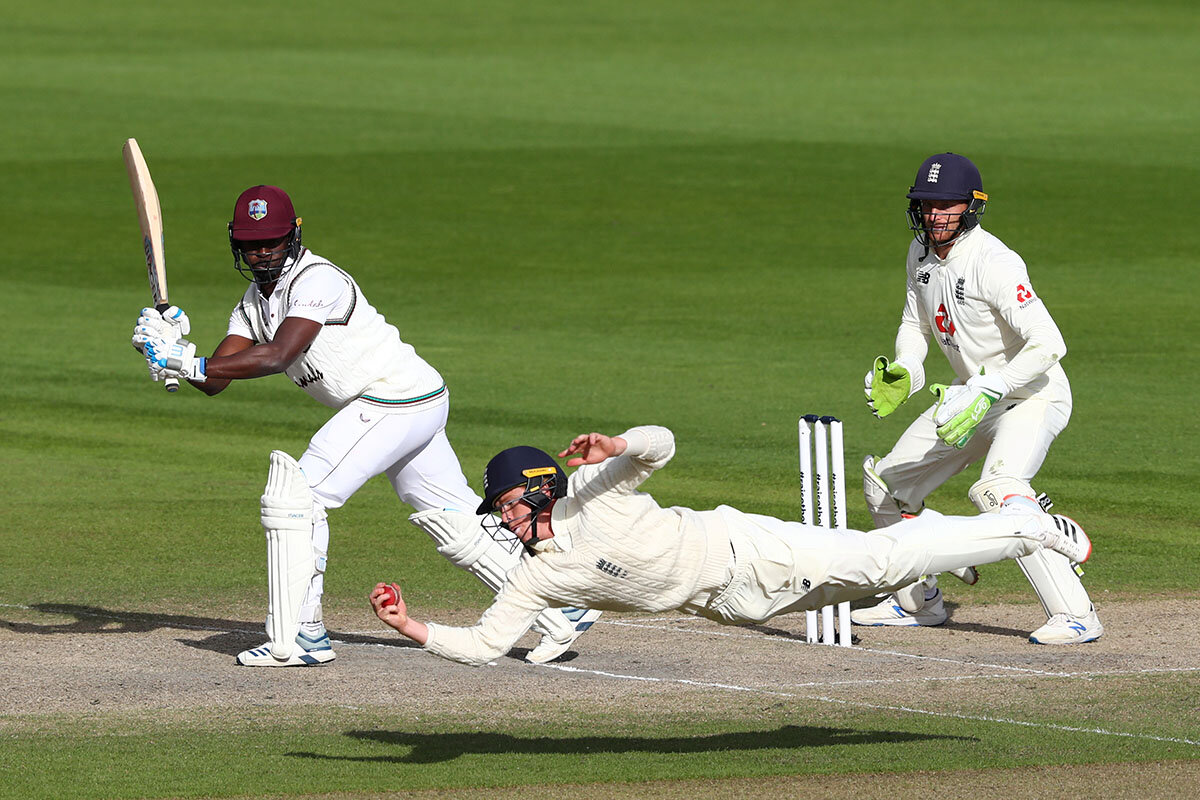The pandemic has exacerbated divides and deepened inequalities. No two individuals’ experiences are the same. But in South Africa, as anywhere, our experiences are bound by common threads: fatigue, love, uncertainty, resolve.
Monitor Daily Podcast
- Follow us:
- Apple Podcasts
- Spotify
- RSS Feed
- Download
 Linda Feldmann
Linda Feldmann
Out of crisis comes opportunity, the saying goes. For Abraham Walker, that meant moving his family from New Orleans to northern Virginia after his brother’s murder.
Mr. Walker’s sons were young, and he wanted them to attend better schools and have a life in which the loss of friends and relatives didn’t seem “normal,” writes Washington Post columnist Theresa Vargas.
Now, a few years later, a new normal has set in for everyone – at times, profoundly, not for the better. But Mr. Walker is an “aggressive optimist,” he says, and while visiting a group Facebook page recently, he was moved to ask: “What are some positive things that have happened to you because of COVID-19? For starters, I see my kids more.”
Hundreds of answers poured in, from the simple to the life-altering. “I successfully grew a tomato,” wrote one person. Another “learned to eat intuitively rather than emotionally."
Underlying a lot of the observations was a sense of privilege that comes from having a job that can be done remotely. Plenty of Americans aren’t so fortunate. But among those who are, many are giving back – including people who have recovered from the virus, as Monitor reporter Sarah Matusek recently wrote.
I’ve seen many people experience joys big and small from this sudden paradigm shift. A family on my street suddenly moved to California after proving to their employers that they could work successfully from home. A friend’s husband, who travels often, taught his daughter to ride a bike.
I’ve enjoyed my evening walks around Washington, D.C., admiring the fabulous architecture – which I hardly notice while driving – and discovering the joys of podcasts. I’ll stop there. The list is long.









